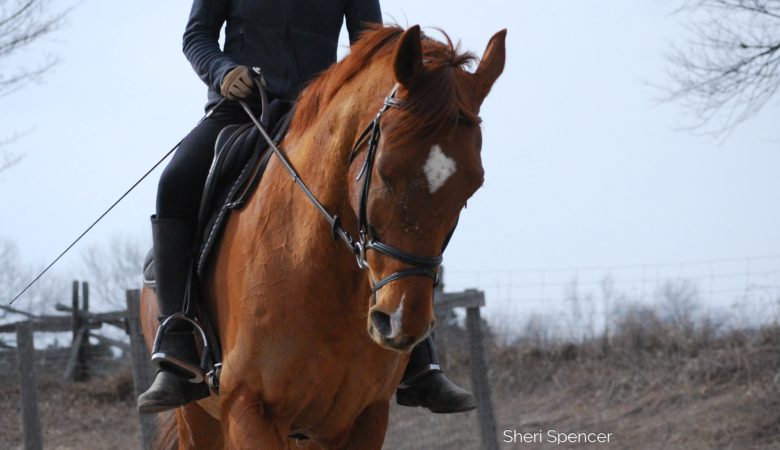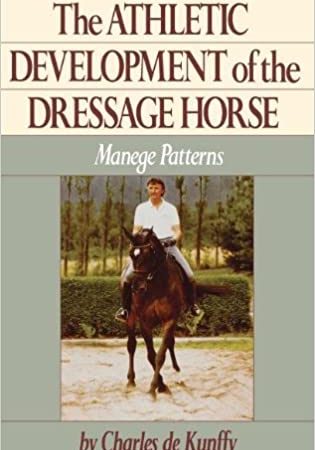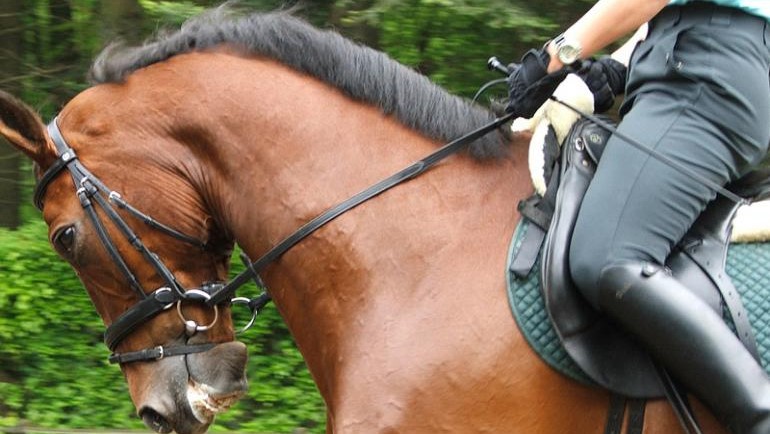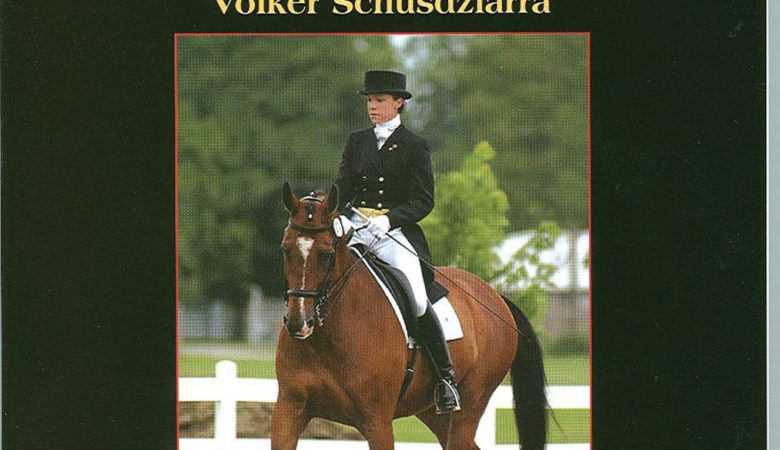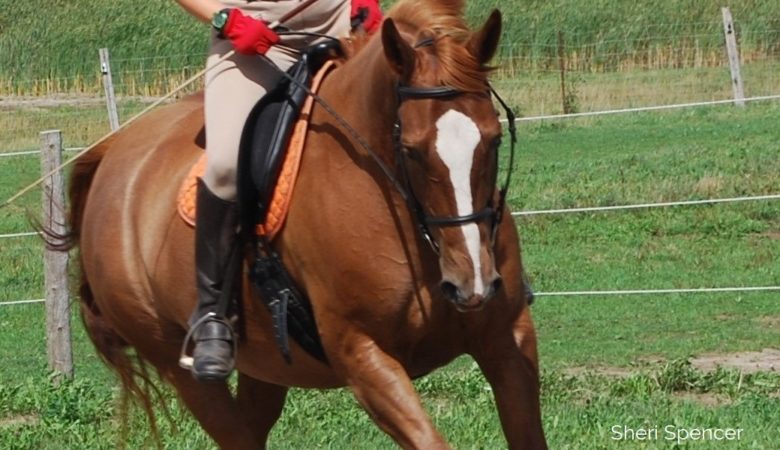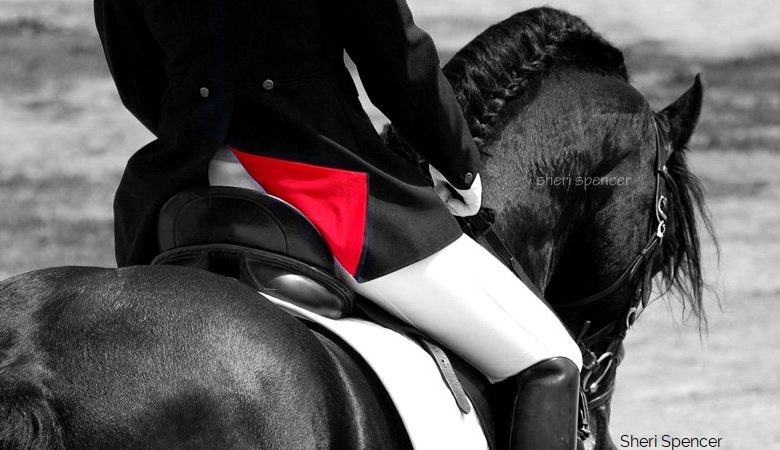There are few things as entrancing as watching a Grand Prix ride where the horse and rider seem to move as one. Cues are virtually imperceptible, even to a trained eye, and yet the horse’s motions are fluid and deliberate. While the technical skills are a journey in themselves, the foundation for the communication is attainable – and should…
